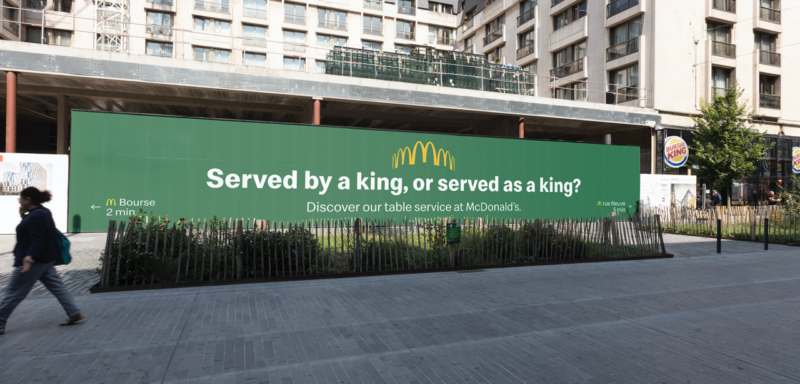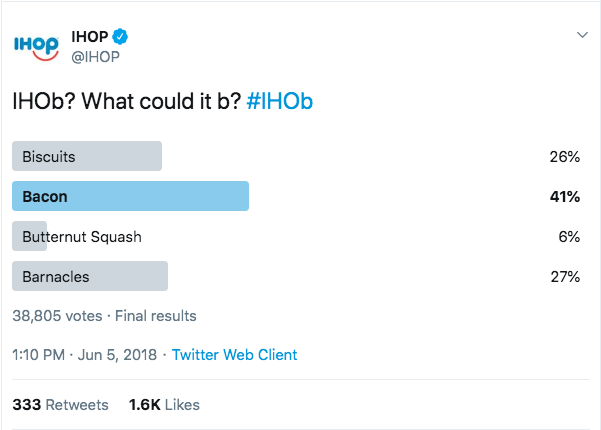Trolls don’t just live under bridges in fairy tales anymore. They’ve invaded the internet: and the real question is what we should make of them. For those of you who have been living under a rock (or a bridge, with the trolls), the term now refers to spirited internet savagery, usually directed at specific social media accounts. In recent years, some companies have incorporated a bit of trolling into their marketing strategies – yielding both great successes and disastrous failures. If history is any example, using trolling in marketing has both high-risk and high-reward potential.
Don’t Get Carried Away
The most important thing to keep in mind when trolling is to keep it light. A spirit of levity is imperative to avoiding catastrophic results, which often come from taking the savagery a liiiittle too far. Consider, for example, the epic troll fail of Qatar Airways. After the unfortunate United Airlines incident where a passenger was dragged off a flight, Qatar Airways thought they would take advantage of the situation with some good old trollery, adding “doesn’t support drag and drop” to their app description. Unfortunately, most users thought the stunt went a bit too far. The lesson? Have fun, but don’t get carried away.
Less is More: the Beauty of Subtlety
Trolls don’t have to be scary. Snapchat’s latest “Real Friends” campaign is the perfect example of targeted, yet subtle troll marketing, going after its rival, Instagram. Snapchat prides itself in showing the “real” side of people, in contrast to the highly-edited, painstakingly cultivated online presences of most Instagram users. Mashable gives the low-down:
Snap doesn’t have its own presence on Instagram, so it worked with dozens of “quotefluencers” — high-profile accounts that primarily post inspirational quotes. Together, these accounts flooded Instagram with cheery quotes about friends using the “#realfriends” and “#friendshipquotes” hashtags. The posts were all on a yellow background, complete with Snapchat’s ghost logo and “brought to you by Snapchat” captions.
If You Are a Risk-Taker…
A targeted troll campaign can also be not-so-subtle. Burger King and McDonald’s have engaged in a number of internet skirmishes over the years. Most recently, McDonald’s trolled the chain by setting up a billboard right next to the Burger King in Brussels Belgium, with a crown of golden arches that states simply: Served by a king, or served as a king?
Keep in mind, though, that directly targeted trollery may start an internet blitzkrieg, and you better be prepared to finish it! Or, as in the case of the aforementioned chains, engage in never-ending warfare.
If you want to play it safe . . .
Luckily, trolling doesn’t have to be directed specifically at other accounts; the safest type of trollery, by far, is the non-targeted troll. In this breed of troll, you don’t go after a competitor, but simply pull the marketing equivalent of a practical joke on your followers.
One successful example of the non-targeted troll was IHOP’s campaign to change their name to IHOb.
Their social media accounts sent out posts asking users to guess what the new letter stood for – giving the options “barnacles”, “burger” and more. Generally, this sort of ploy gets more public attention because users lose their minds over whether it’s actually happening. That being said, you may want to consider the potential confusion/side effects that may result from a non-targeted troll.
Troll marketing has both high-risk and high-reward potential. Whether you plan to crawl under the bridge and test it out yourself, or just observe, we hope you’ve enjoyed learning about some of these campaigns.




